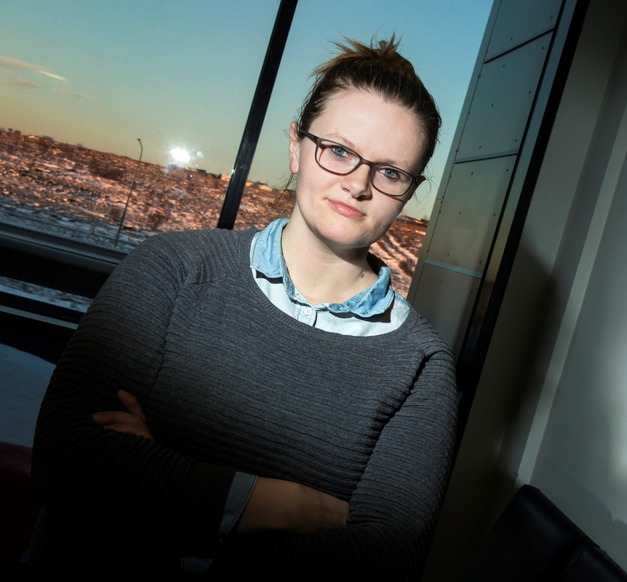Sigríður Sigurðardóttir, doctoral student at the Faculty of Industrial Engineering, Mechanical Engineering and Computer Science
In a world with dwindling resources it is vital to utilise them as well as possible; ideally to renew them. Icelanders know this well in the fishing industry, where we have established a fisheries management system to control the utilisation of the ocean’s resources. Fisheries management is a dynamic field with various possible applications, and in her doctoral studies in industrial engineering Sigríður Sigurðardóttir has been looking into methods to analyse fisheries management systems; methods that have hitherto not been applied in the field.
“The first part of the study involved a systemic observation of methods to reduce the discarding of catch, a large problem in Europe. This analysis was part of a larger European Project where the aim was to better understand the reasons for discarding of catch, and to provide solutions to the problem. The conclusions of the project helped in the installation of a ban on discarding in the EU, and been an inspiration for comparable research projects in the same field,” says Sigríður.
Sigríður Sigurðardóttir
"I looked into how simulation can be used to better understand the complicated interaction of resources, industry, society, legislation and more factors to provide a foundation for making changes in fisheries management."

The main part of the study, however, is concerned with using simulation, and building simulation models to highlight the interaction of different elements within a fisheries management system. “Simulation is a safe tool to analyse, design and understand complex systems. I looked into how simulation can be used to better understand the complicated interaction of resources, industry, society, legislation and more factors to provide a foundation for making changes in fisheries management,” Sigríður explains.
Sigríður developed a total of four models where the impact of changes in fisheries management on certain factors was observed. These factors were chosen in collaboration with the fishing industry. “The factors that were reviewed were profits, number of jobs and the size of fish stocks. This part of the study was part of the European project EcoFishMan. The result of that project is a new, interactive fisheries management system. This system is innovative in how it puts more responsibility into the hands of the fishermen – the users of the resource, stipulating that they set themselves definite management goals and achieve them,” says Sigríður and emphasizes that many of the methods introduced in the study have not been used in the field of fisheries management, nevertheless they open up new ways to analyse the systems.
Supervisor: Gunnar Stefánsson, Professor at the Faculty of Industrial Engineering, Mechanical Engineering and Computer Science


